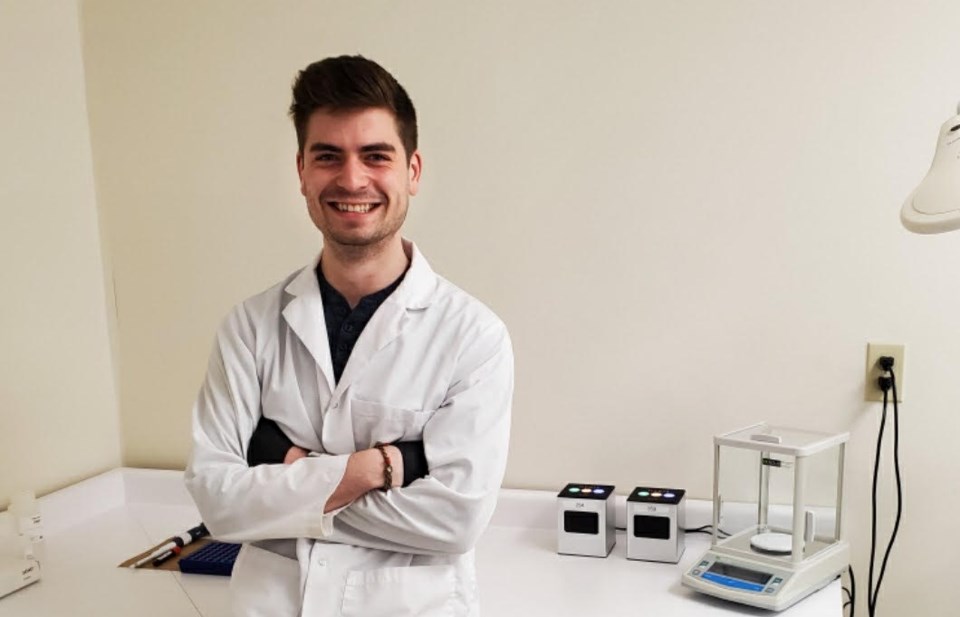A Guelph company is assisting with helping identify Canadian soldiers who gave the ultimate sacrifice.
Wyndham Forensic Group has signed a contract with the Canadian Armed Forces’ Casualty Identification Program to identify Canadian soldiers from the First and Second World Wars and the Korean War.
The casualty identification program was established in 2007 by the Department of National Defence to help identify over 27,000 unidentified Canadian war dead.
“It’s exciting to support our very own Department of National Defence as a Canadian lab,” said Benoit Beaudoin, who does business and research for Wyndham Forensic Group.
Remains are found at unknown grave sites and after identification is successful the remains are buried with their name, Canadian Forces unit and with family present.
Previous to 1970 soldiers could not be repatriated to Canada. The policy has since changed but remains found prior to 1970 still respect the non-repatriation policy.
“We’ll get usually very degraded bones,” said Beaudoin. “Our work really begins with the DNA part. So we’ll sample that bone and depending on different cases, different types of DNA analysis might occur.”
After the analysis happens they generate a DNA profile and compare it to family reference profiles.
The family is then sent a DNA sampling kit, to test their DNA and after it is sent back to the lab they look for a match.
Using old bones to find DNA, generally mitochondrial DNA analysis is done, this DNA is passed down from mother to child.
“Although the direct family member might not still be around for that unidentified soldier. If we get a mitochondrial profile out of that unknown bone and then compare it to all the family reference profiles that have been gathered,” said Beaudoin.
“Similar mitochondrial profiles will indicate the sharing of a maternal line and then we can really narrow it down.”
They cut out a small part of the bone to preserve as much of the bone as possible and ground up the piece then it is run through an extraction process which breaks down the cell and the DNA can then be analyzed.
Wyndham Forensic Group is in its beginning stages of identification since the contract started in April.
“We’re hoping for a couple of quick identifications, previous work has been done and we’re sort of following that up.”
It can take a couple months to years to identify someone depending how complicated the DNA profile and analysis is.
